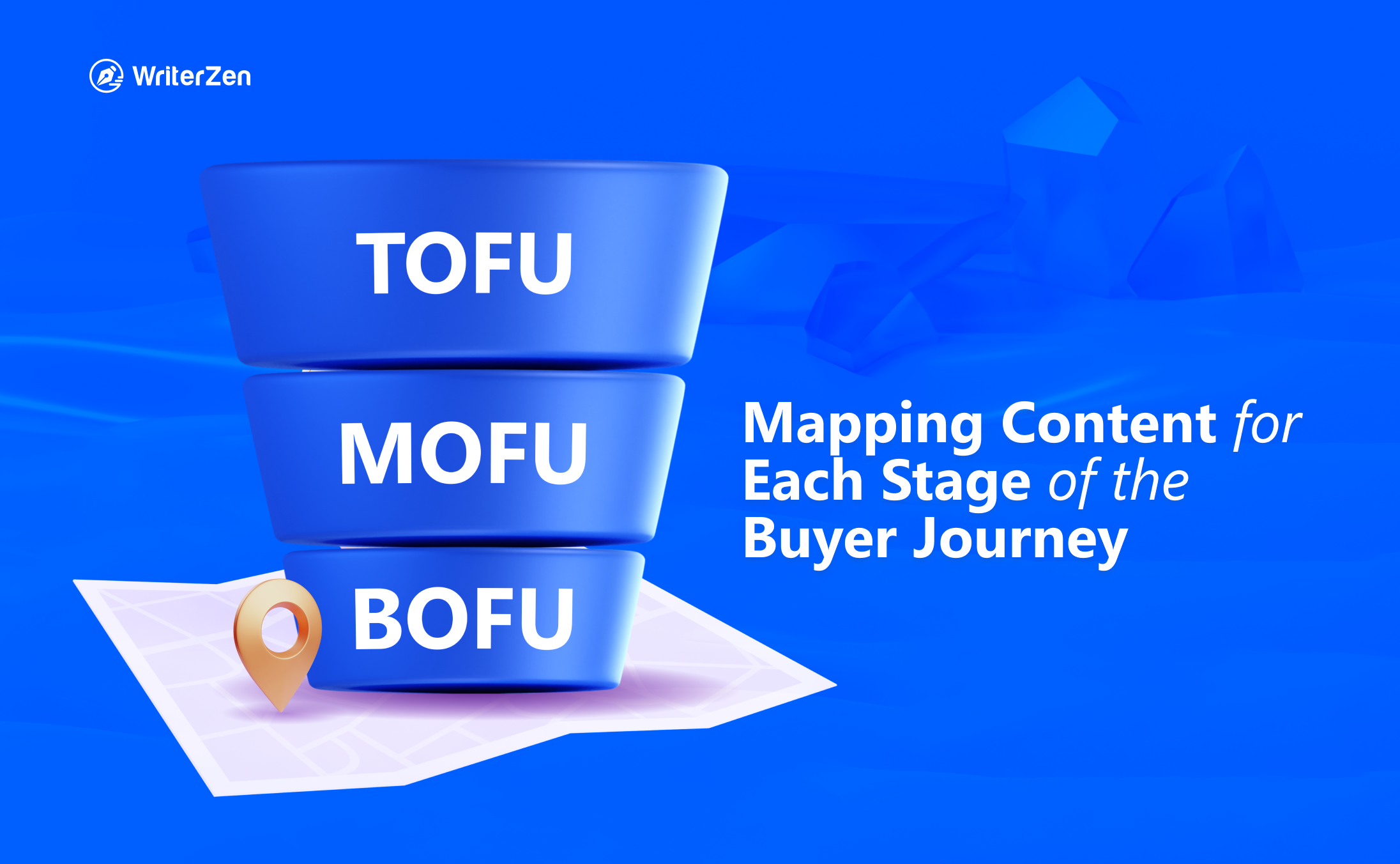They might have a similar goal, but competitive intelligence and business espionage are different.
The scenarios below explain better.
Company A bribes an employee of a competitor to steal and share that company’s trade secrets with them — Business Espionage.
Company B monitors its competitor’s pricing and uses the information to adjust its pricing or offerings — Competitive Intelligence.
Although the result of both is to get competitor information, the method makes the difference. One is legal (competitive intelligence), and the other is illegal (espionage).
As a content marketer in a self-respecting company, espionage should be a no-go area. Instead, you should focus on competitive intelligence. In a podcast, Ryan Law, VP of Marketing at Animalz, said:
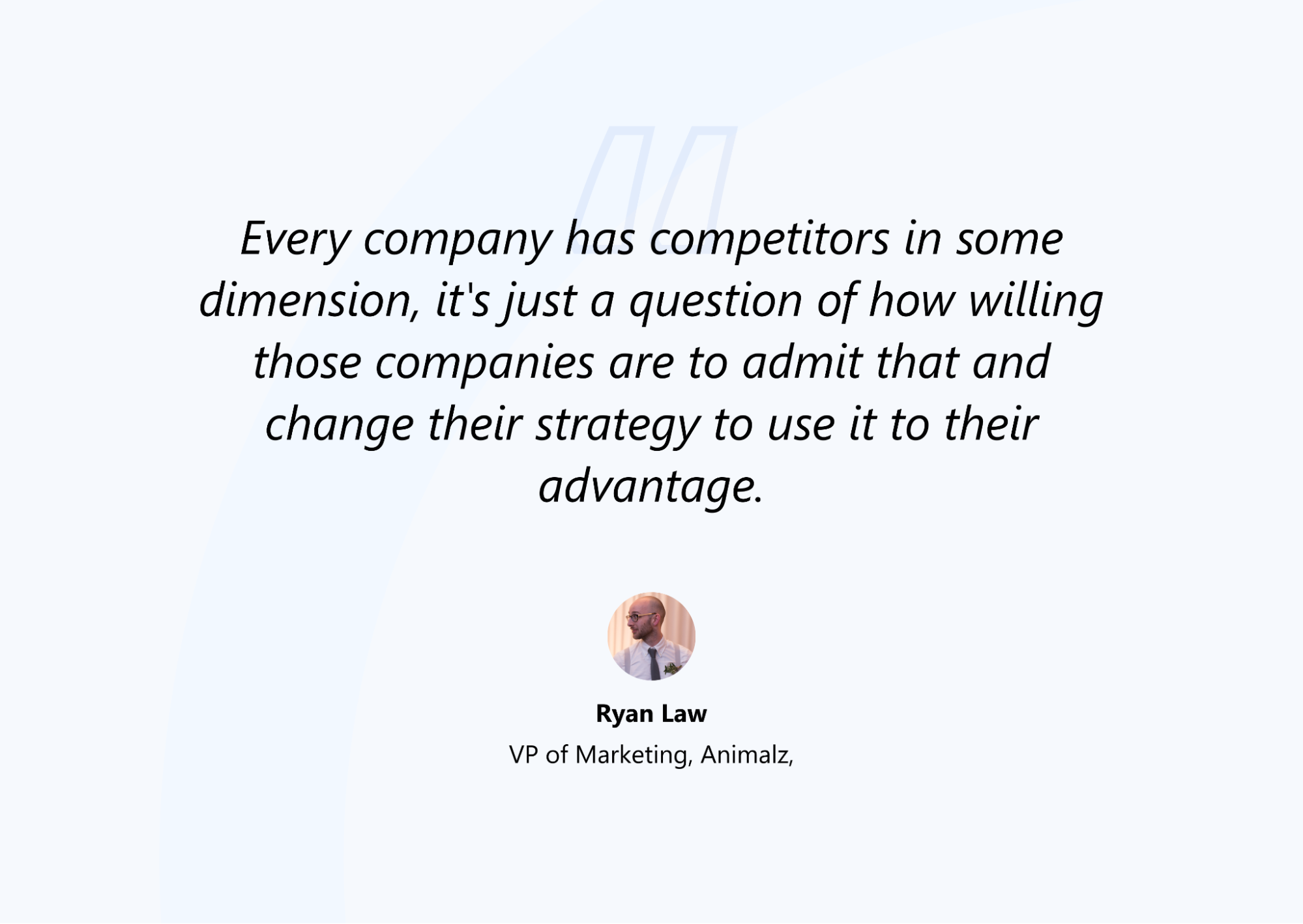
He advocates using competitive intelligence in content marketing as it would help in the production of different and high-converting content.
Therefore, to stand out, be ahead, and maximize content ROI, you must conduct what is known as competitive content analysis.
What Is Competitive Content Analysis?
According to Hailey Dale, Content Strategist & Founder of Your Content Empire,
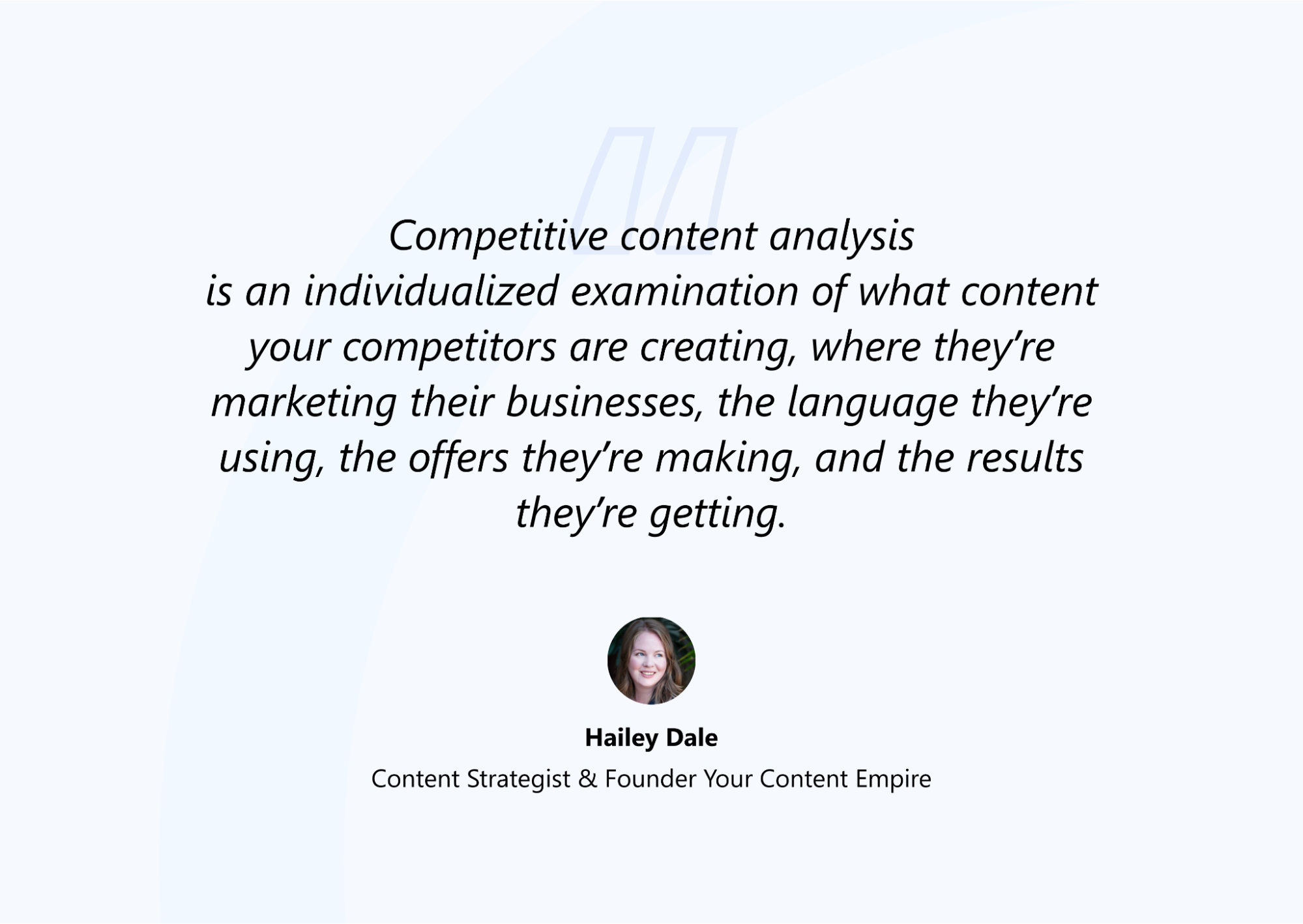
Competitive content analysis involves studying what your direct and indirect competitors are doing and analyzing the reason (or lack of) for their success.
Why Do a Competitor Analysis?
The value of a competitive content analysis includes:
-
Discovery of opportunities to one-up the competition,
-
Detection of gaps in your strategy and operations that others might try to exploit,
-
Serving as a content benchmark which you should aim to surpass,
-
Providing content inspiration, and
-
Reducing the chances of flopping/failure as by researching rivals, you know what works/resonates with your audience and what doesn’t.
When Should You Do It?
Aaron Agius, an Experienced Content Marketer & Co-founder of Louder.online, wrote on Search Engine Journal:

Following this reasoning, you should conduct a comprehensive competitive analysis every six months and a smaller analysis monthly or quarterly, depending on your capacity.
Now let’s see how to do an in-depth review.
How To Conduct A Competitive Content Analysis
There are four major stages: competitor identification, SEO analysis, SEO content strategy auditing, and content quality evaluation.
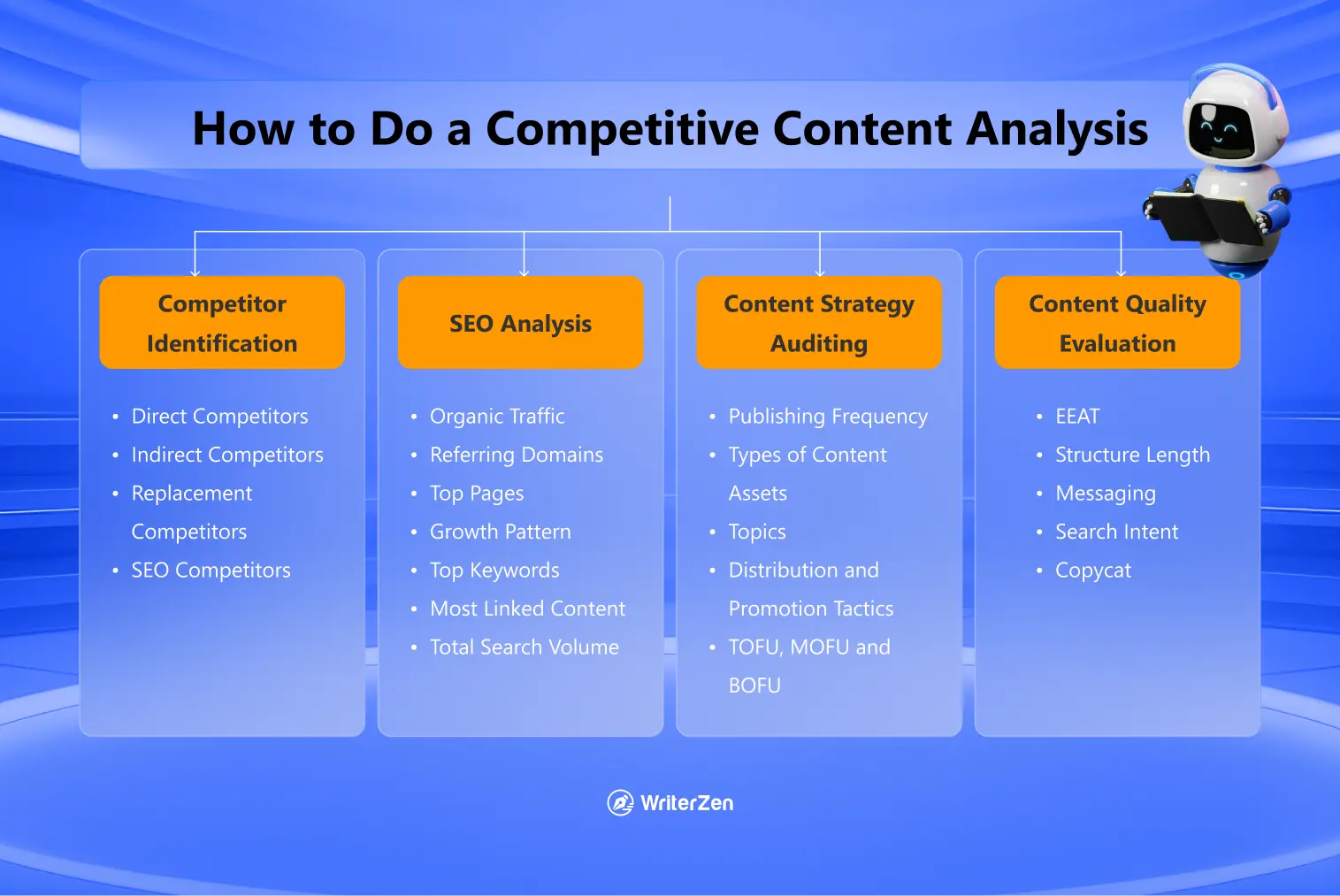
Competitor Identification
Every business has four types of competitors: direct, indirect, replacement, and SEO.
-
Direct competitors: Sell the same products/services to the same people as you. This type is what people usually associate with the word “competitor.” E.g Pepsi vs. Coca Cola.
-
Indirect competitors: Sell slightly different products in the same category and to similar consumers. E.g Hotels vs. Airbnb, Backlinko vs WriterZen.
-
Replacement competitors: Sell different products but ultimately solve the same problem you do. E.g, a restaurant vs. a bakery.
-
SEO competitors: These are the brands who compete with you on search engines. There might be overlaps, but they are not always the same as your direct competitors. E.g. a simple Google search shows the SEO competitors for “veterinary practice management software” are:
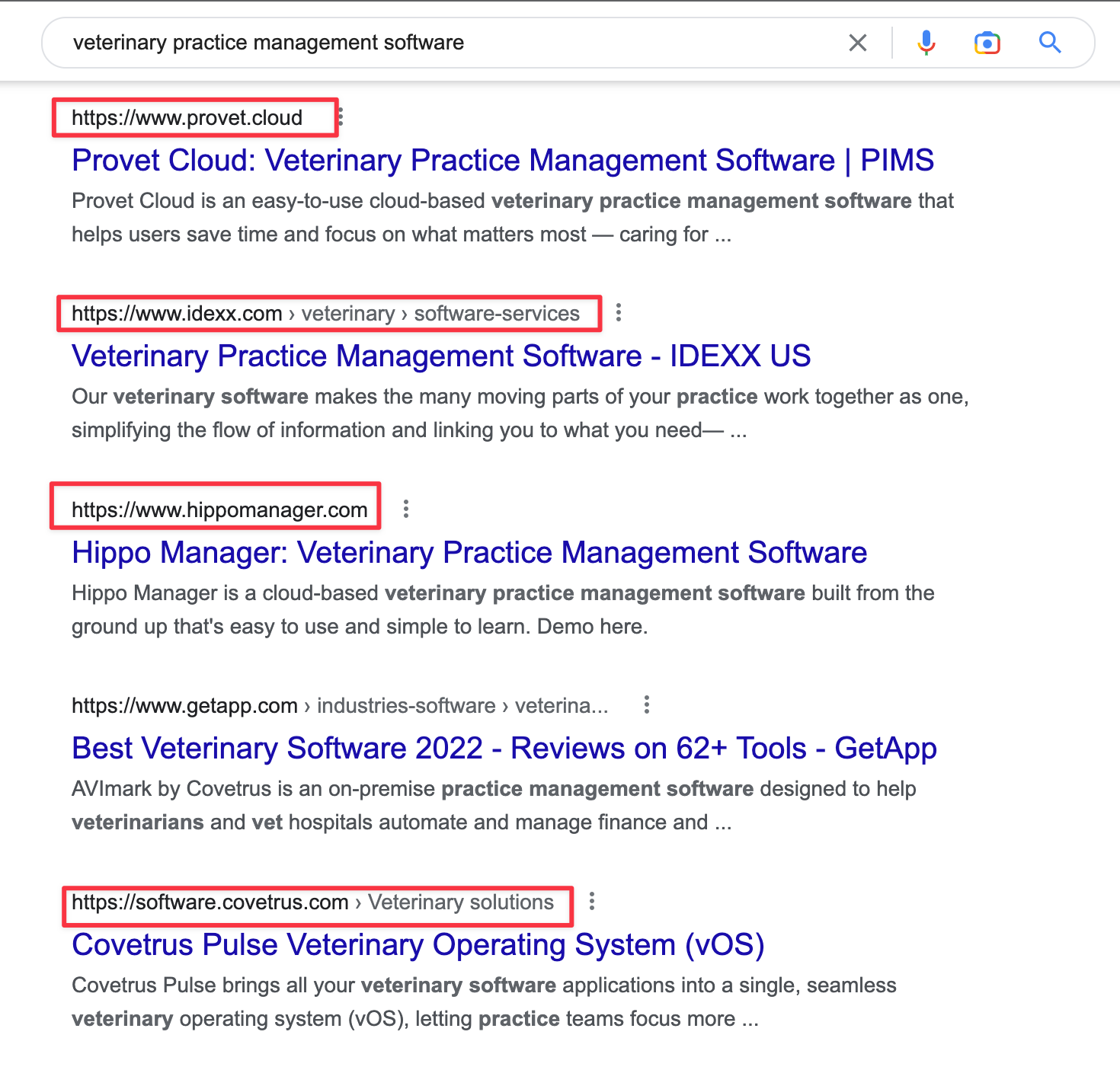
While direct competitors for a similar brand include Avimark, Cornerstone, evetPractice, ImproMed, and Hippo Manager.
How do you find direct and indirect competitors?
Through extensive market research, keeping up with industry trends, communities, Google, social media, etc. Note that replacement competitors might not be so easy to find as you can’t always predict what people will go for as an alternative.
Ensure you have an updated list of all competitor types before embarking on competitive analysis.
SEO Analysis
Next, you need to perform an SEO analysis of your top competitors’ blogs. Some SEO metrics you should pay attention to include:
-
Organic traffic: Watch out for the sites with higher organic search traffic figures.
-
Referring domains: How many websites link to your competitors’ sites?
-
Top pages: What are the top pages driving traffic to the site?
-
Growth pattern: Does the site have a hockey stick or a consistent growth pattern?
-
Top keywords: What are the ten keywords searchers use for that site? This can provide insight into the type of keywords you should target.
-
Most linked content: Which content piece garnered the most backlinks on the competitor’s site?
-
Total search volume: This is the total search volume of all keywords a site ranks for. To get this figure, enter the domain in question into WriterZen’s Keyword Explorer,
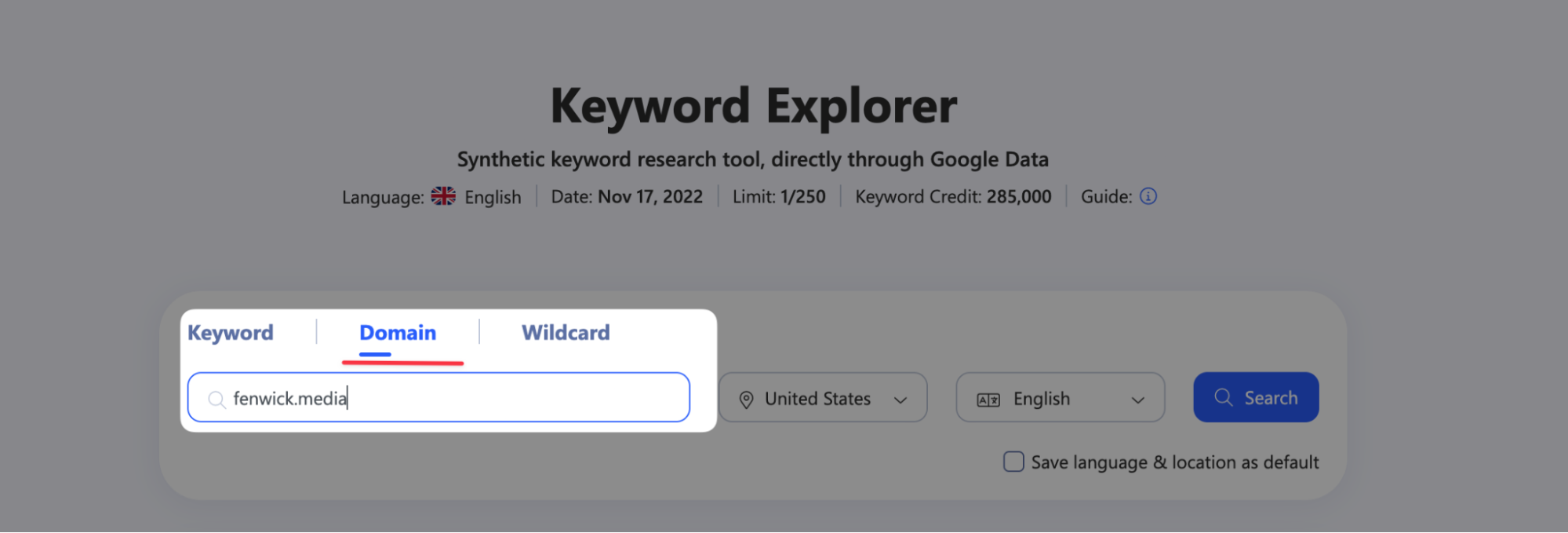
And find it, alongside metrics like average Cost per click (CPC) displayed on the page:
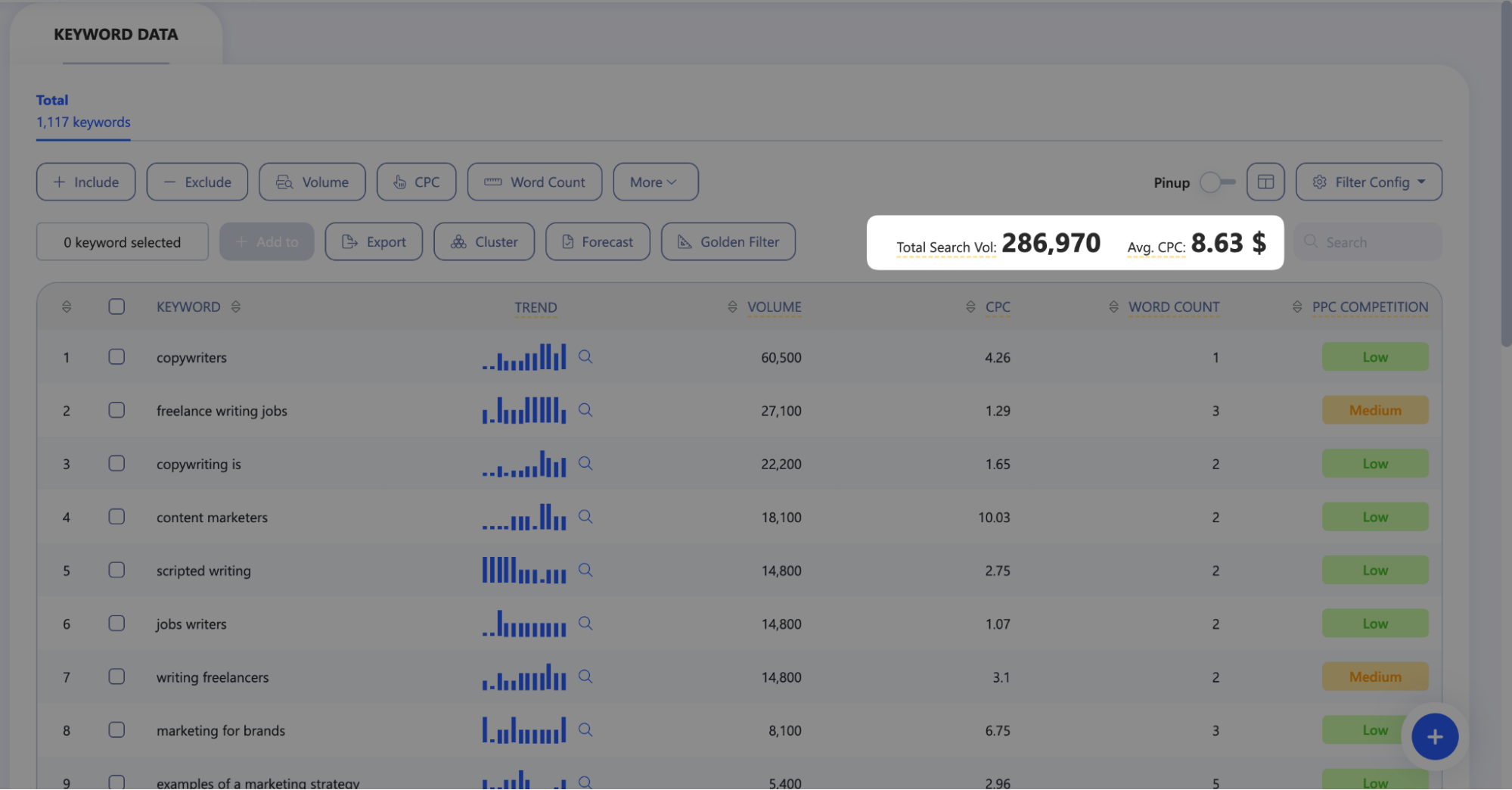
You can dig deeper into each keyword to know its difficulty and trend, information that can reveal potential opportunities for you:
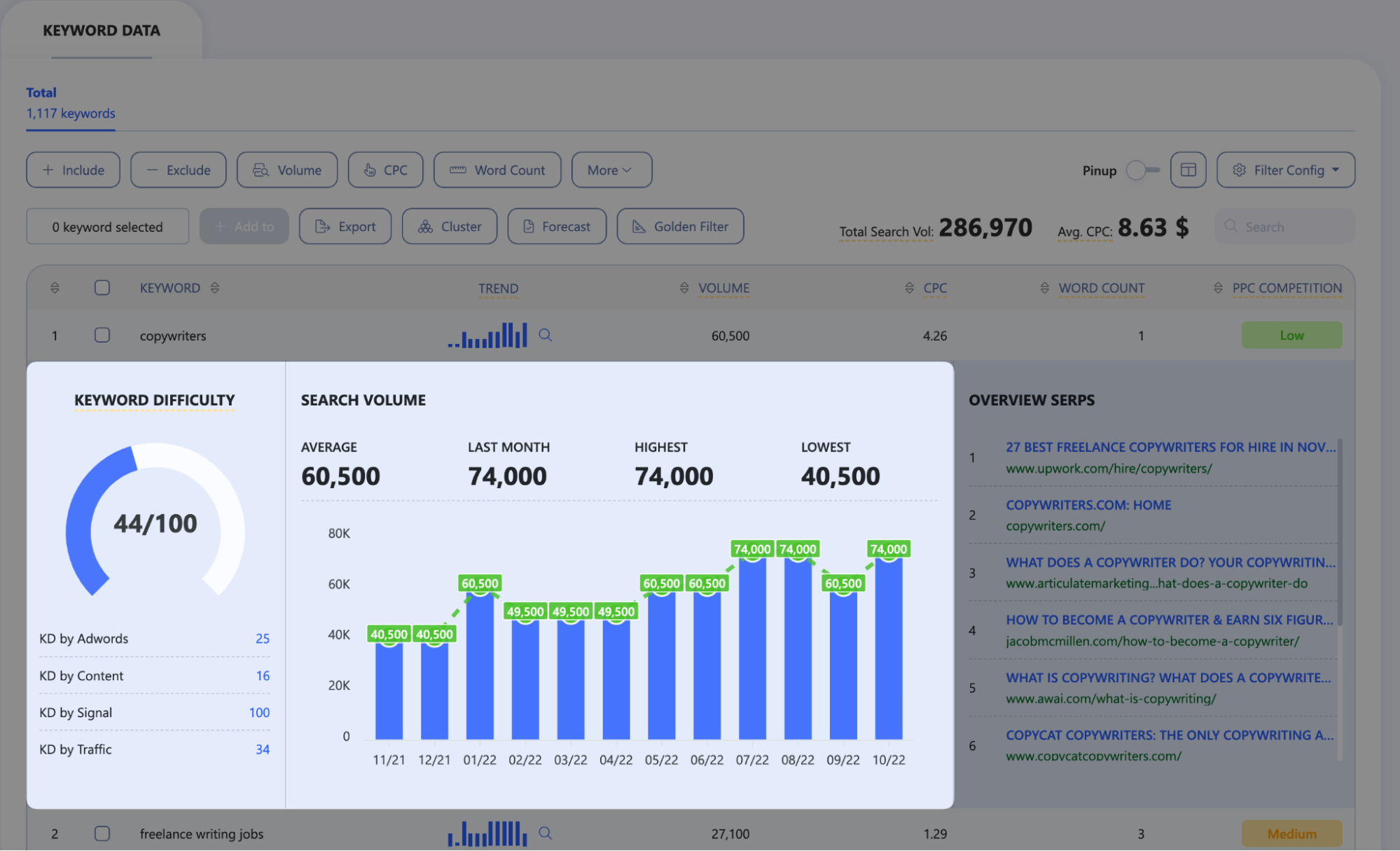
Content Strategy Auditing
The third stage is auditing rivals’ current strategies.
This involves spending time on their blog and social media to figure out their processes. It is a manual process that takes a lot of time, but it is worth it.
Auditing includes analyzing:
-
Frequency and quantity of content publishing
-
Types of content assets produced (articles, whitepapers, ebooks, videos, podcasts, webinars, etc.)
-
Content topics
-
Distribution and promotion tactics
-
Sales funnel content focus, i.e. TOFU, MOFU, and BOFU
Content Quality Evaluation
Finally, you must evaluate the quality of competitors’ content.
Like the stage above, it involves manual labor. But suppose the site has hundreds or thousands of blog posts. In that case, you can either analyze their most recent posts or calculate the average number you need and analyze them randomly to save time.
Here’s how to gauge quality:
-
EEAT: Experience, Expertise, Authoritativeness, and Trustworthiness - Google’s cornerstone for content quality. This evaluation framework emphasizes the importance of first-hand experience and subject matter expertise in content creation. Also, content must be crafted by knowledgeable authors, demonstrate practical experience, and be hosted on authoritative, trustworthy websites. It is essential to check whether or not competitors’ content passes this test.
-
Structure: The structure of a blog post is another quality metric you should cross-check. An effective content structure uses H1s, H2s, and H3s judiciously, presents the piece in a skimmable format, and includes alt texts, images, recent stats, and appropriate quotes.
-
Length: Although length is not synonymous with quality, you should find out the average length of articles they created.
-
Messaging: What is the key messaging for competitors’ content, and how well does it resonate with readers?
-
Search intent: Does their content satisfy user intent or not?
-
Copycat: Are they saying the same thing as everyone else, or are they providing something different?
There you have it, the details on how to conduct a competitive analysis.
Now the million-dollar question.
What do you do with all the information you have gathered? How do you act on them?
Let's Act on Insights From Competitive Analysis
There are two major instances where you can apply the insights obtained. To improve your content marketing strategy and to create new content.
Improving Content Strategy
As mentioned earlier, you should do a competitive analysis whenever you want to develop a new content marketing strategy or modify an existing one.
During your analysis, study and note the actions that contribute to competitors’ success so that you can mimic such actions for your brand.
For instance, what content formats drive the most traffic to their site? If it’s one that you haven’t started producing, you might want to consider it.
Other things to note are their social media behaviors and success, backlinking strategy (if they have one), what their top pages have in common, etc.
Content Creation
Another way to act is to create content on the keyword opportunities identified.
Now, you shouldn’t compete for those keywords directly unless you can match these companies in size and resources. The trick is to identify the top keywords they are ranking for or send the most traffic to them and look for the lower-hanging fruits. This refers to opportunity topics around those keywords that the big brands are not covering.
One way to uncover those topics is by using WriterZen’s Topic Discovery. It is a feature that helps you find engaging, unique, and in-demand topic ideas surrounding a keyword.
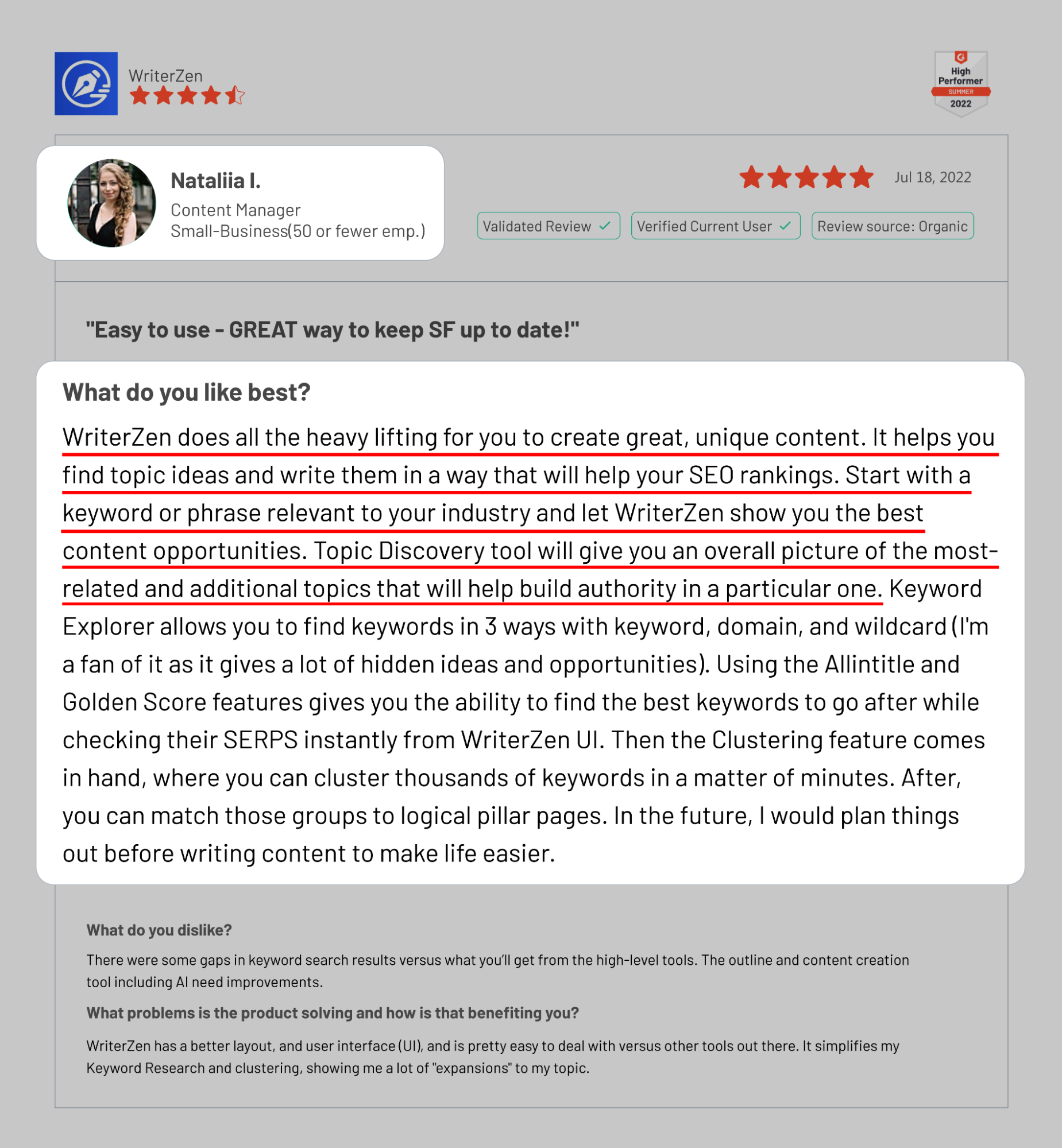
Here’s how it works.
You input your seed keyword in the search box: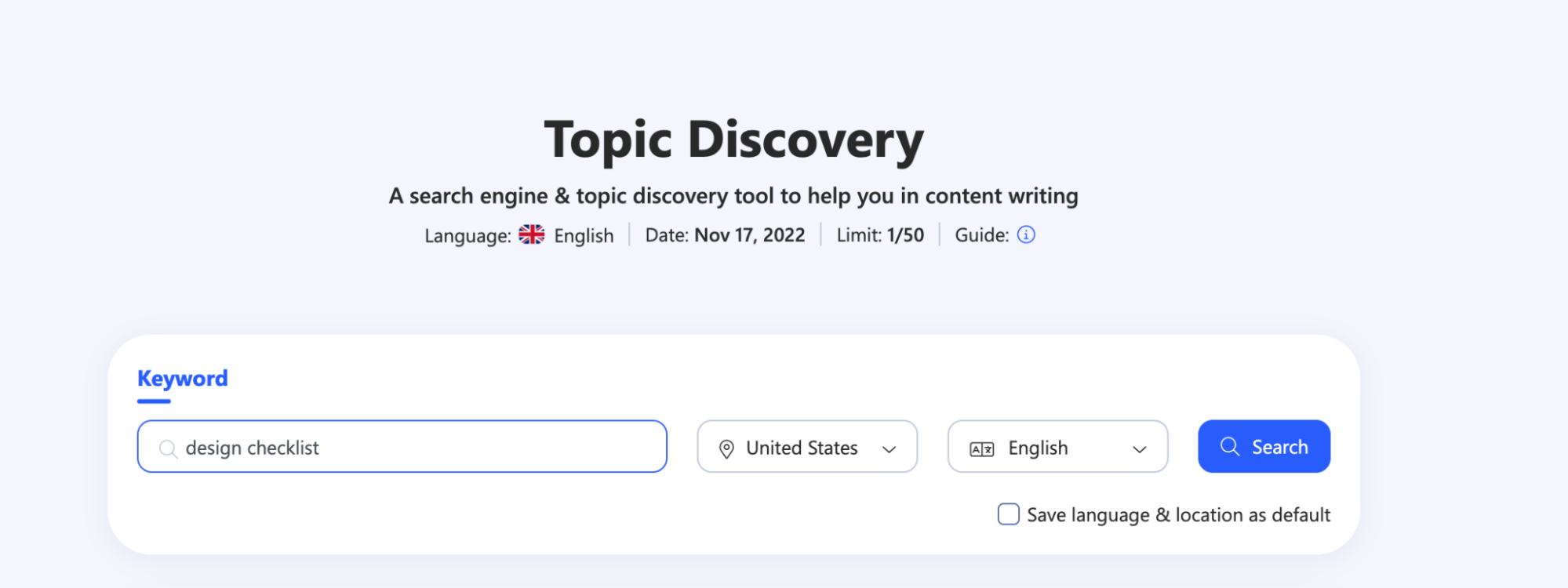
And in seconds, the tool spits out tens and hundreds of related topics:
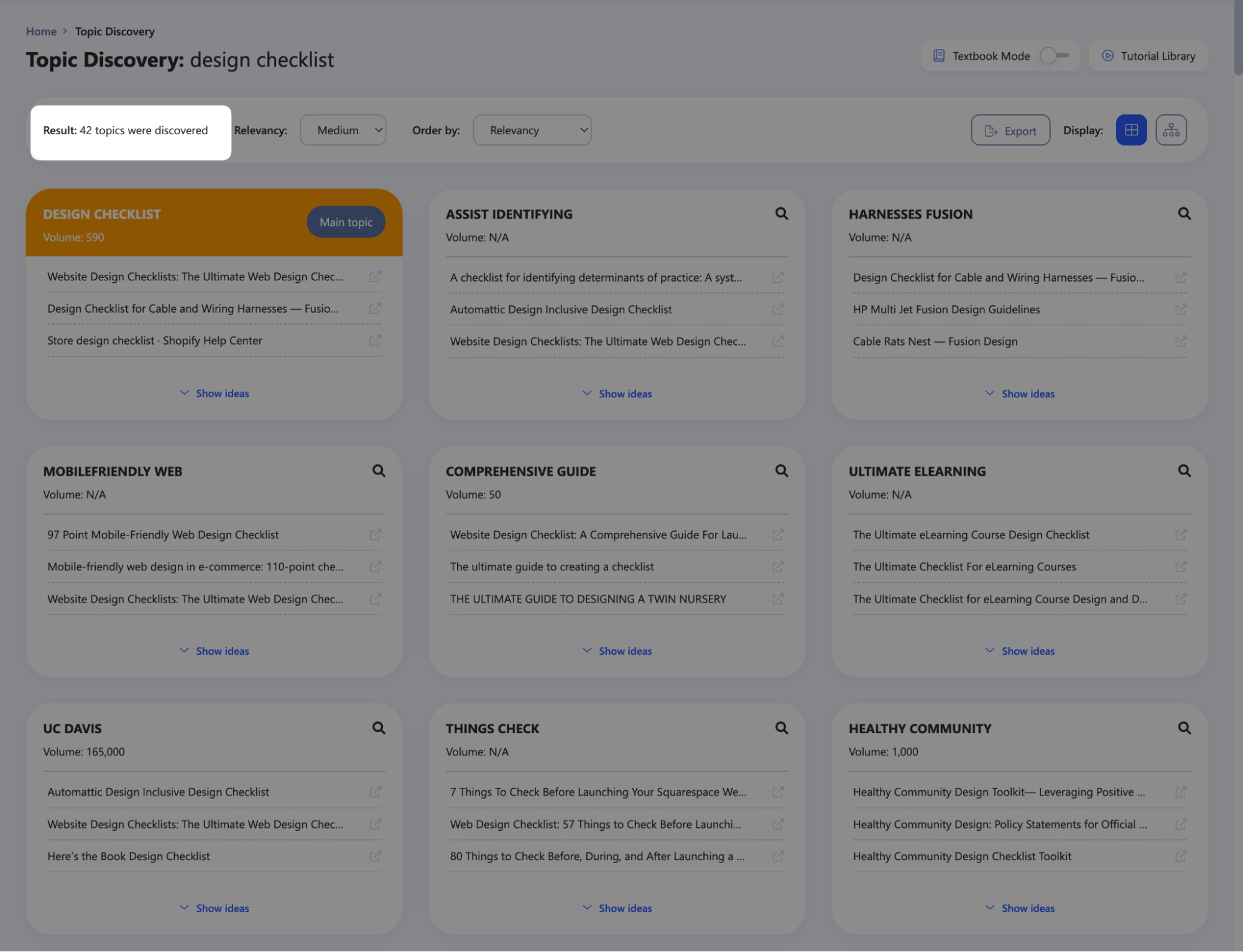
Go through the topics, and save interesting ones to a list for further examination later: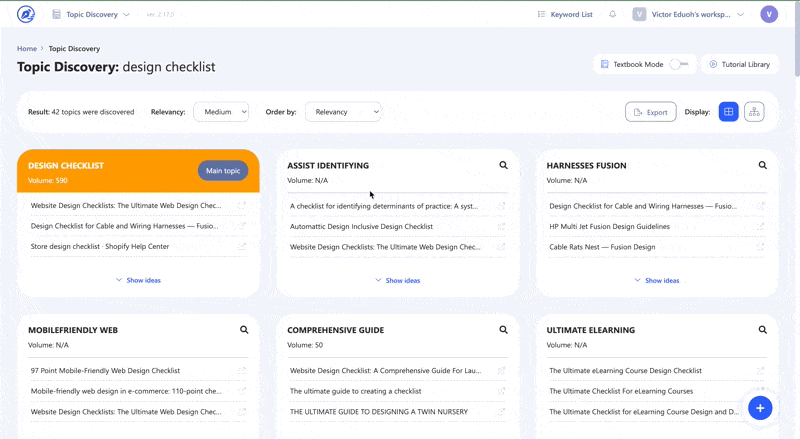
Once you decide on the topics to cover, you can write and optimize your blog post for search engines in the Content Creator section of WriterZen.
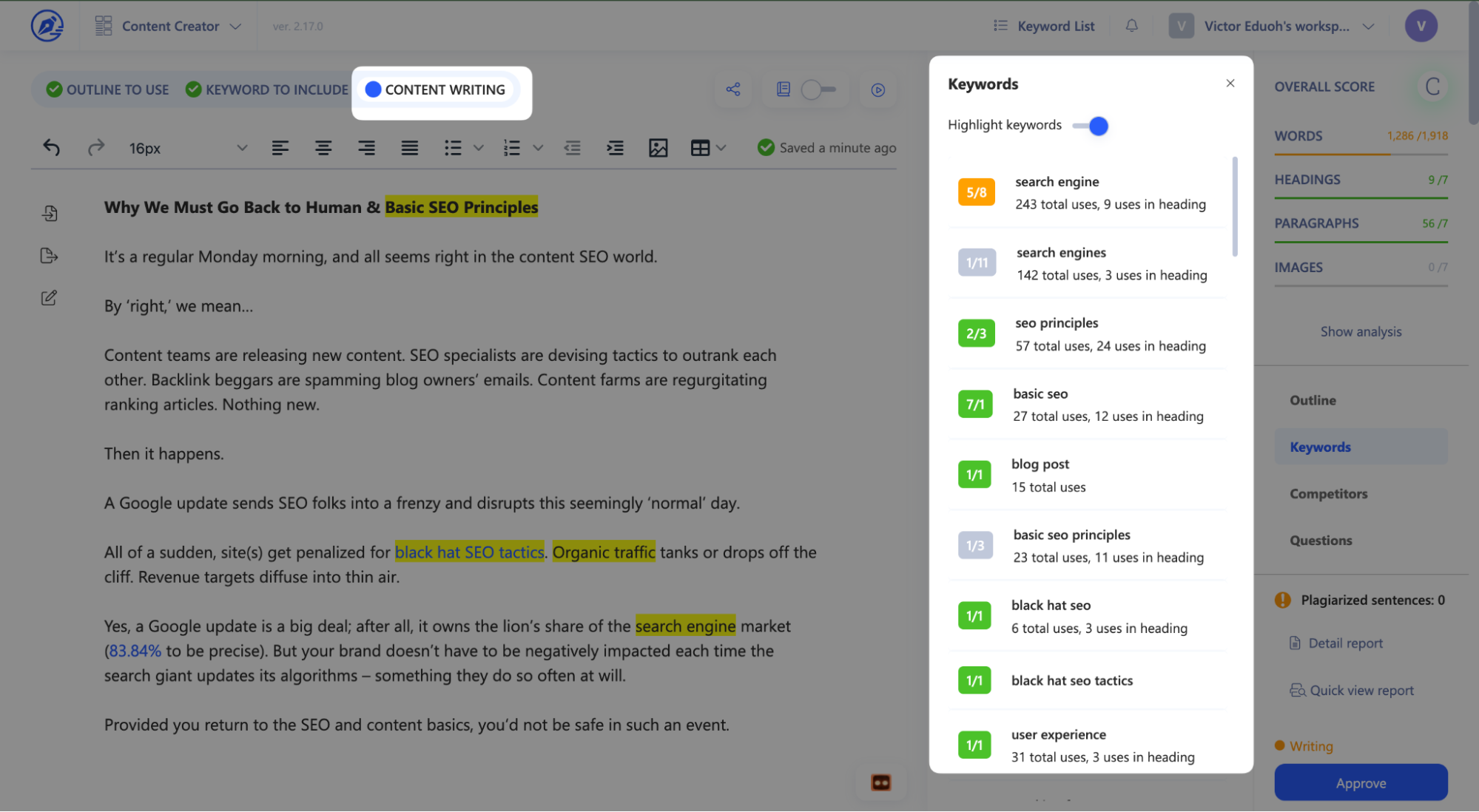
Collaborate Effectively With WriterZen
To cap it all, your content marketing efforts will not be fruitful if there are team collaboration issues. Content collaboration is necessary for content success. It is as Tanya Vasileva, Senior Product Manager at Pipedrive, wrote:
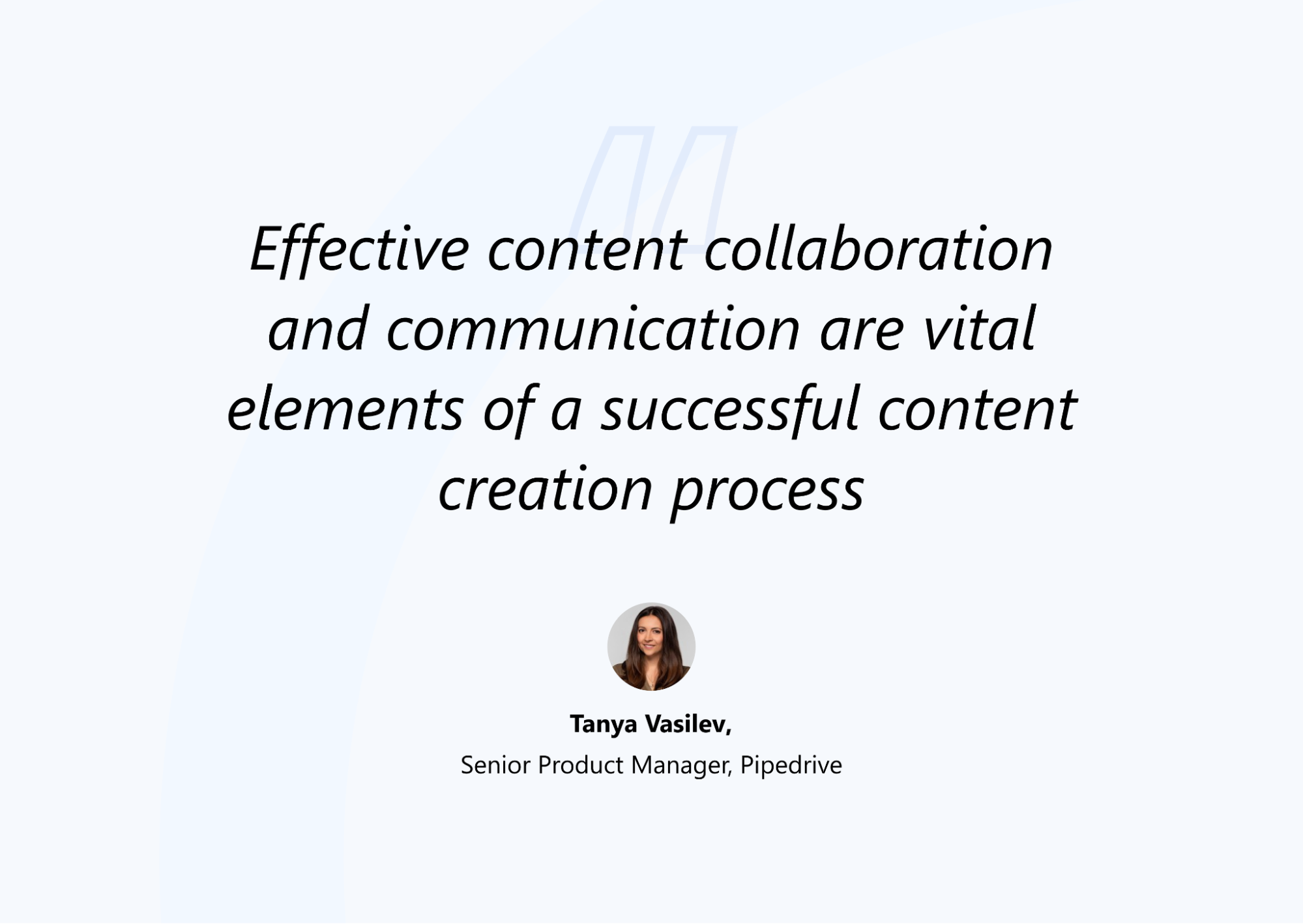
This is why you should enlist the help of content collaboration tools to ease the process.
WriterZen comes in here again.
Our newly released feature, Team Function, makes this a breeze.
With this functionality, the whole content team can work together from the start to the end with the same tool. No need for bouncing around different tech products for keyword research to content creation and optimization.
You and the rest of the team can perform the A-Z content creation process in WriterZen.
Add all the members of your team (writers, strategists, editors, designers) to your workspace:
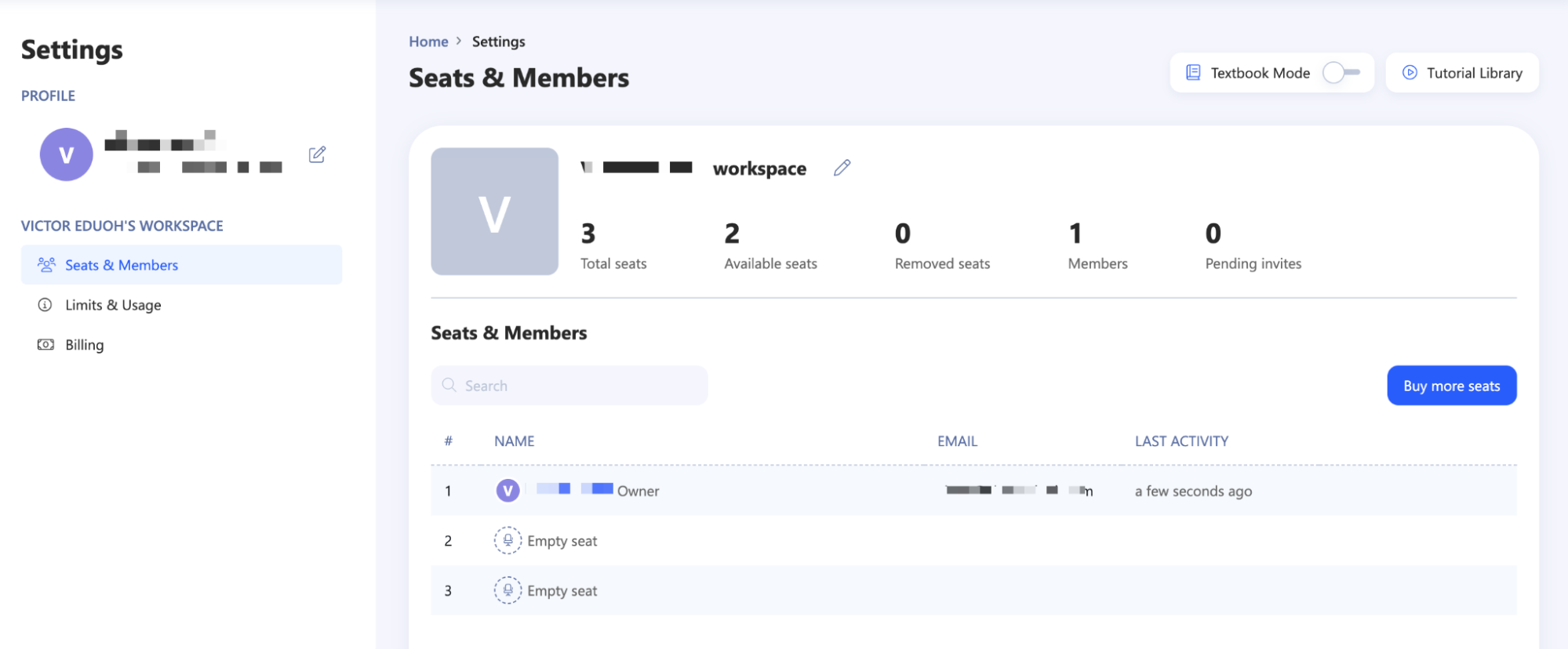
Then for each project you create, add the necessary parties that will work on it: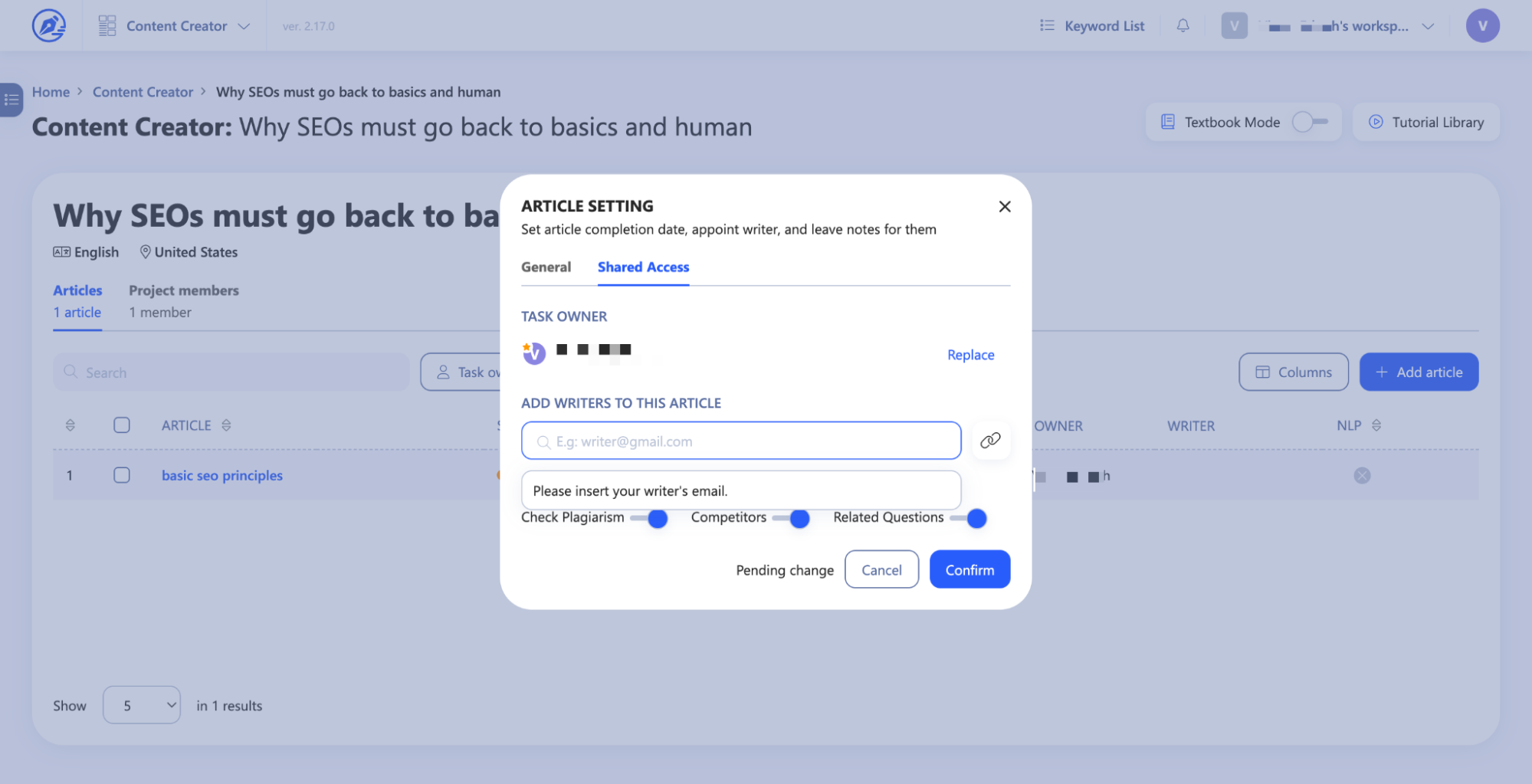
Writers can update their status after writing so editors can come in. The editor will be notified when this happens:
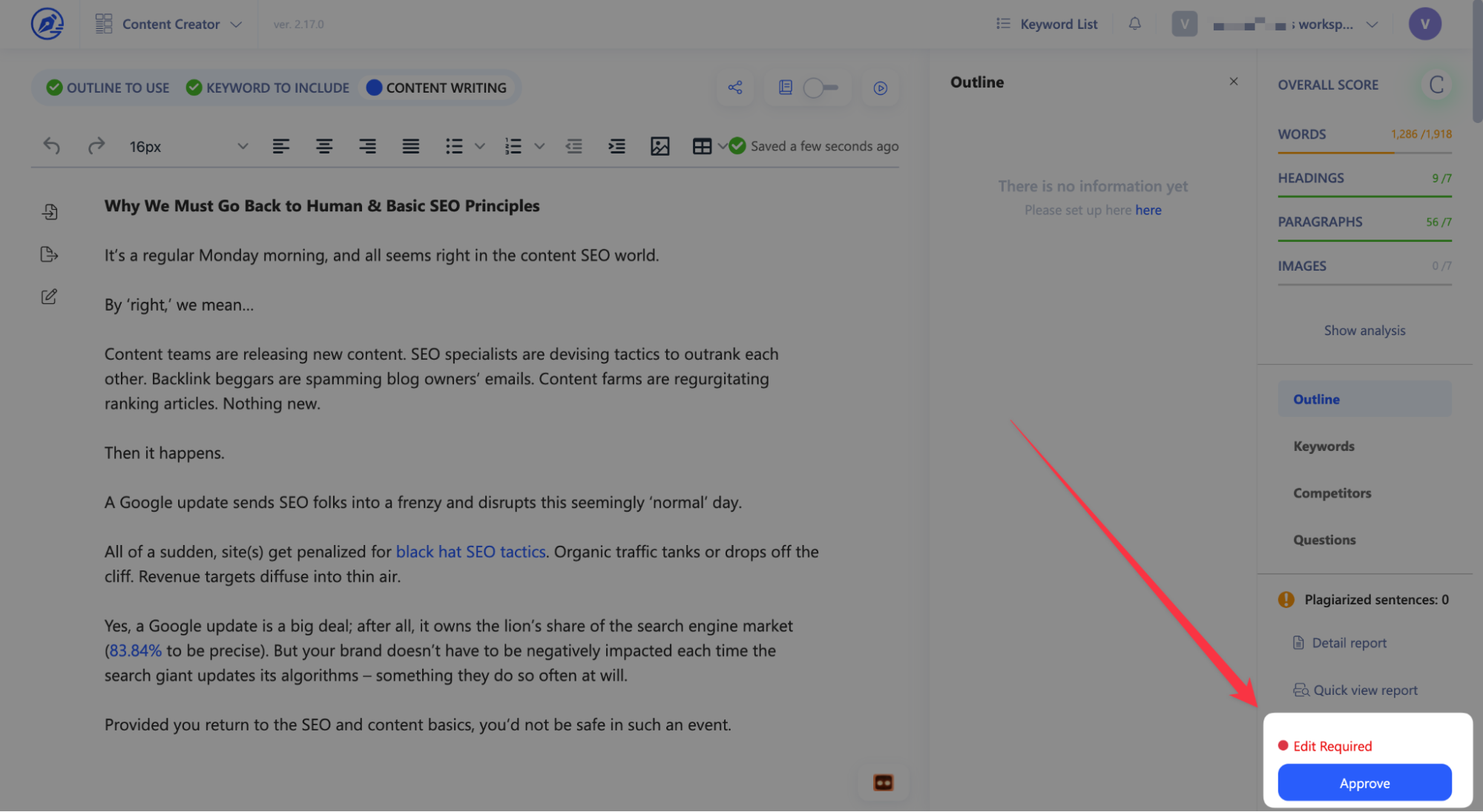
And once the piece is ready, approve for publishing:

See? This all-in-one tool makes content collaboration seamless and easy:
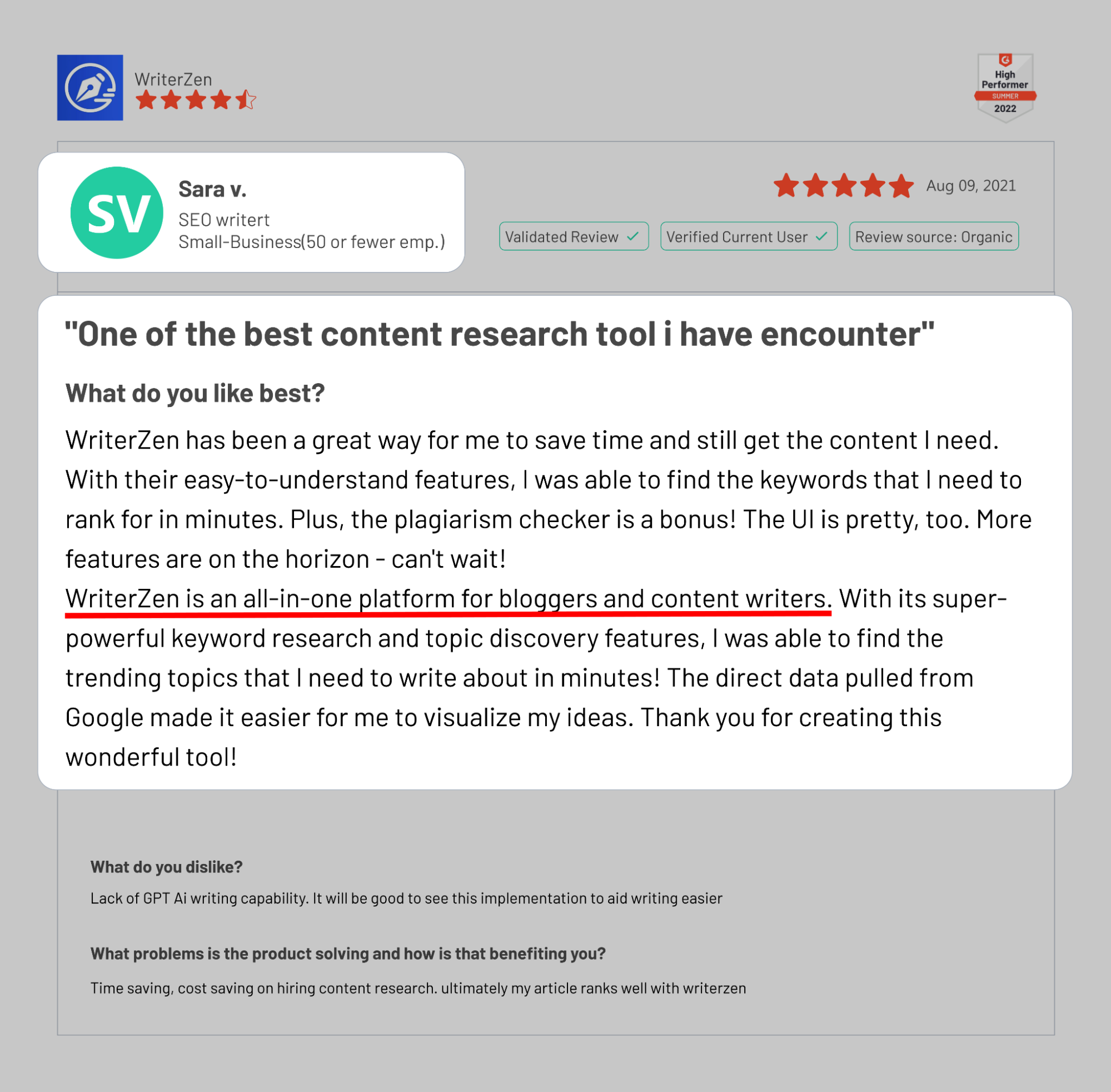
Final Thoughts
In today’s highly competitive digital landscape, conducting a thorough competitive content analysis is no longer optional—it’s essential. By following the four major stages outlined in this article—competitor identification, SEO analysis, SEO content strategy auditing, and content quality evaluation—you can gain invaluable insights into your market position and uncover opportunities for growth.
Remember, competitive content analysis is not about copying your competitors or engaging in unethical practices. Instead, it’s about leveraging competitive intelligence to produce unique, high-converting content that sets you apart from the crowd.
Ready to take your competitive content analysis to the next level? WriterZen provides a free whitepaper, “A Step-by-Step Guide to Bridge Your Content Gaps for Success.” This comprehensive guide will walk you through the process of identifying and filling content gaps, including competitive content analysis, ensuring your strategy remains cutting-edge and effective.
Download your copy now and start dominating your content niche today!









